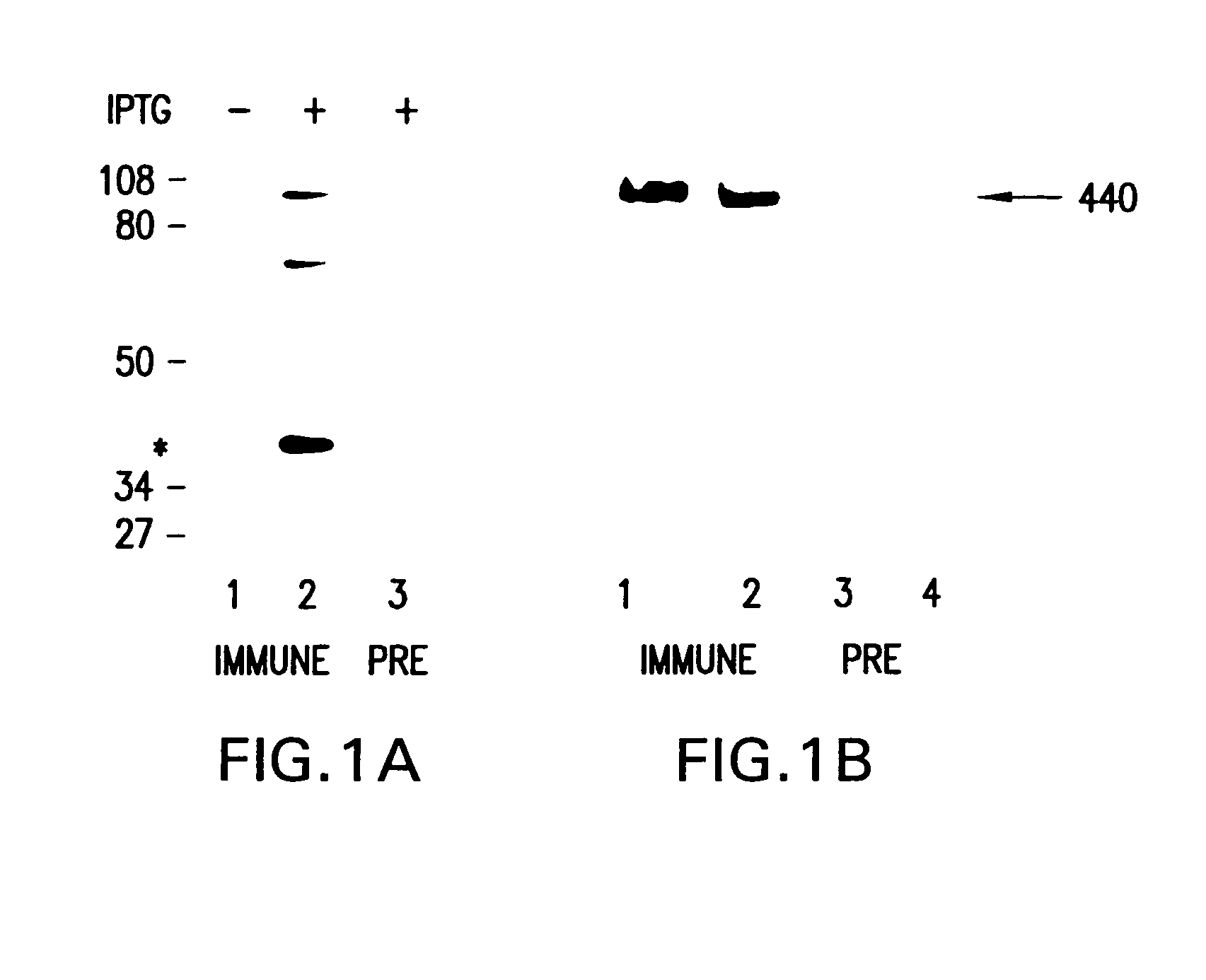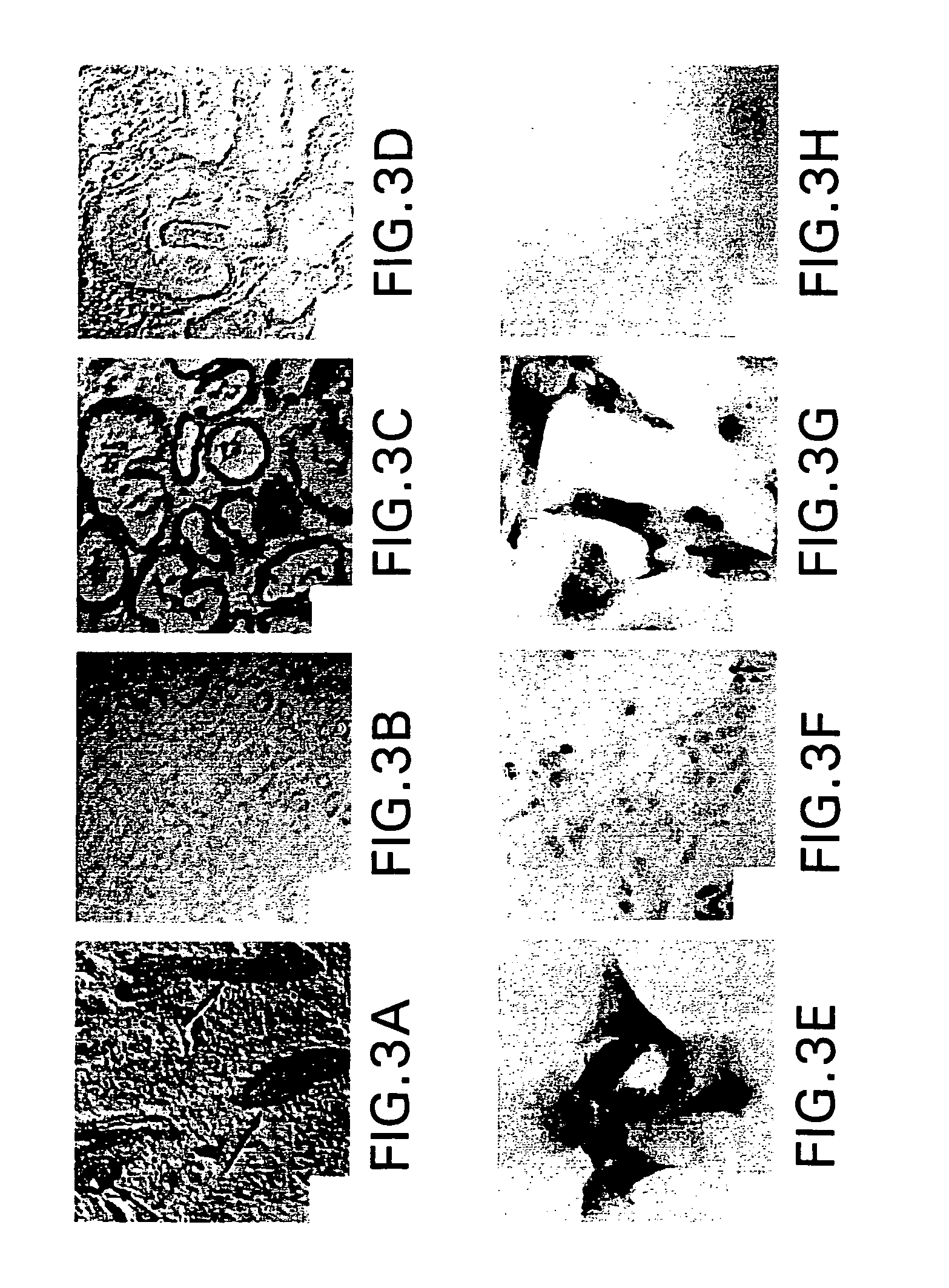Screening methods for compounds useful in the treatment of polycystic kidney disease
a polycystic kidney and compound technology, applied in the field of screening methods of compounds useful in the treatment of polycystic kidney disease, can solve the problems of fluid secretion and expansion of renal tubule lumens into cysts, and achieve the effects of reducing fak incorporation into focal adhesion complexes, increasing adherence, and increasing expression of -2-nak-atpas
- Summary
- Abstract
- Description
- Claims
- Application Information
AI Technical Summary
Problems solved by technology
Method used
Image
Examples
Embodiment Construction
6]The present invention relates to cell-based screening assays designed to identify agents that regulate the activity of polycystic kidney disease proteins (encoded by the PKD-1 and PKD-2 genes). The assay system of the invention is based on the use host cells that naturally express different forms of the polycystic kidney disease genes (PKD1 and PKD-2 and / or host cells genetically engineered to express different forms of the polycystic kidney disease genes (PKD 1 and PKD-2) including wild type, mutant, truncated, or epitope tagged PKD proteins. In specific nonlimiting examples of the invention, human renal cells are engineered to express mutant or truncated forms of PKD protein and express a mutant phenotype which includes one or more characteristics associated with renal epithelial cells from patients with polycystic kidney disease, for example, increased adherence to type I collagen coated surfaces; apical expression of NaK-ATPase on the cell membrane; increased expression of β-2...
PUM
| Property | Measurement | Unit |
|---|---|---|
| molecular weight | aaaaa | aaaaa |
| molecular weight | aaaaa | aaaaa |
| lengths of time | aaaaa | aaaaa |
Abstract
Description
Claims
Application Information
 Login to View More
Login to View More - R&D
- Intellectual Property
- Life Sciences
- Materials
- Tech Scout
- Unparalleled Data Quality
- Higher Quality Content
- 60% Fewer Hallucinations
Browse by: Latest US Patents, China's latest patents, Technical Efficacy Thesaurus, Application Domain, Technology Topic, Popular Technical Reports.
© 2025 PatSnap. All rights reserved.Legal|Privacy policy|Modern Slavery Act Transparency Statement|Sitemap|About US| Contact US: help@patsnap.com



